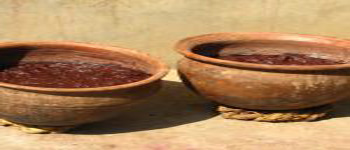
Fashion / Trends, Luxury
Of Chiffon Phulkaris and Forgotten Nuances: Crafts in a Changing World
Kaul, Mayank Mansingh
|
As the French President Jacques Chirac’s term comes to its end, the city of Paris is gifted with a new museum. The Musee du Quai Branly is devoted to the ‘arts and civilisation of Africa, Asia, Oceania and the Americas - a home for the forgotten civilisations’. Amidst a range of controversies, the ambitious museum celebrates bio-diversity on its external walls, as 150 species of flora grow as a vertical garden. Close by, stand the headquarters of UNESCO. In 2001, UNESCO adopted the Universal Declaration on Cultural Diversity, which the then Director-General, Koichiro Matsura hoped would ‘one day acquire as much force as the Universal Declaration of Human Rights’. Diversity is being seen as one of the most central challenges of our times, and in Matsura’s own words - ‘as necessary for the human race as bio-diversity in the natural realm’.1 On the one hand, diverse ways of living are being museumified. On the other, a call is made for their very future. A young Punjabi girl hand-embroiders on mill-made chiffon; I gaze at samples from not so long ago, where the background cloth was hand-spun and handwoven khadi - enabling a lush Phulkari surface, exquisite in its colour and reflection of light. With no such khadi available today, phulkari undergoes a transformation. Traditionally embroidered by the mother for her daughter’s trousseau, as a rite of passage, they sell at Dilli Haat as insipid chiffon and synthetic dupattas and scarves. For a mo... |


